Changing Cafe Trends: The Evolution of Coffee Shops and Packaging
In recent years, the coffee market has grown significantly and the development path of coffee shops has changed. Traditionally, coffee shops have focused on selling finished coffee, but as the situation has changed, coffee shops have clearly shifted to providing coffee peripheral products and coffee beans/powders. This shift not only reflects changes in consumer preferences, but also poses a challenge to brand packaging and has a significant impact on the design and quality of coffee packaging. The high demands associated with this shift push coffee shops to adapt to changing trends in order to remain competitive in the industry.
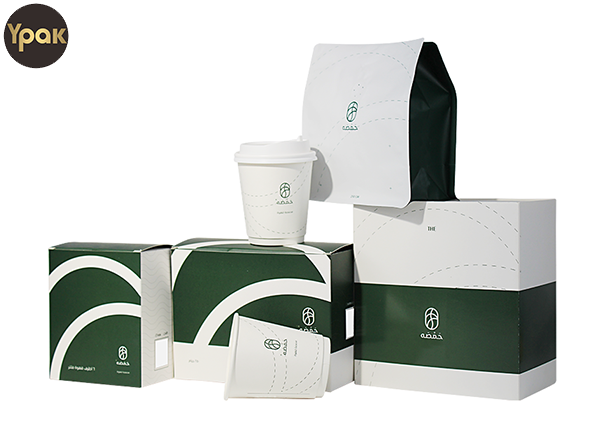

The evolution of coffee shops
The development of coffee shops is characterized by a departure from the traditional model of selling only finished coffee. As the coffee market continues to expand, consumers are increasingly seeking diverse products and experiences from local coffee shops. This has led to a shift in coffee shop offerings, with many establishments now offering a variety of coffee peripherals such as brewing equipment, specialty mugs and coffee-related merchandise. Additionally, having coffee beans and grounds available for purchase has become a common feature of modern coffee shops, meeting the growing demand for high-quality artisanal coffee at home.
The changes in the coffee shop landscape can be attributed to changing consumer preferences. Today’s coffee lovers seek not just a delicious cup of coffee, but a holistic experience that encompasses the entire coffee culture. This includes an interest in the origins of the coffee bean and the roasting process, as well as a desire to replicate the café experience in your own home. As a result, coffee shops have responded to these needs by expanding their product ranges and providing customers with the tools and knowledge to enhance their coffee drinking experience.
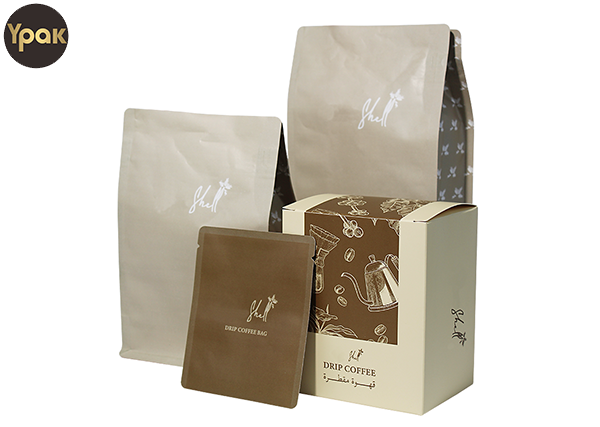
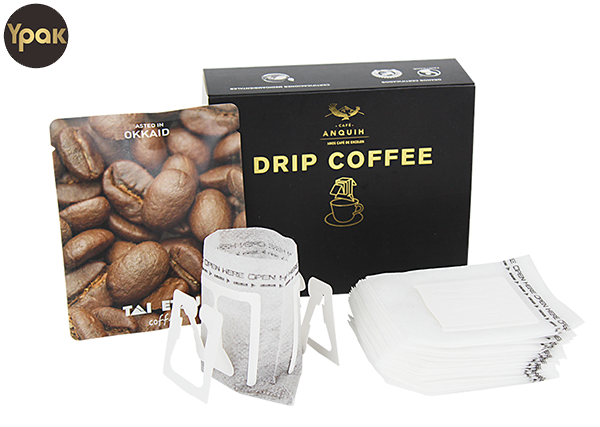
Impact on brand packaging
The shift towards offering coffee peripheral products and coffee beans/powders has had a significant impact on brand packaging within the coffee industry. As the product range expands, coffee shops are faced with the challenge of effectively packaging and presenting these products to consumers. This has led to a renewed focus on the design and quality of coffee packaging as it plays a vital role in attracting and retaining customers.
When it comes to coffee beans and ground coffee, packaging is an important part of maintaining the freshness and flavor of the product. As consumers become increasingly picky about coffee quality, packaging of coffee beans and grounds must not only be visually appealing, but also functional to maintain the integrity of the contents. This has led coffee shops to invest in packaging solutions that balance aesthetic appeal and practicality, ensuring products remain fresh and delicious from purchase to consumption.
Similarly, the packaging of coffee peripheral products such as brewing equipment and merchandise also plays an important role in shaping the overall brand image of the coffee shop. These products are often an extension of the café’s identity, so their packaging must match the brand’s aesthetic and values. Whether it’s the sleek, modern design of their brewing equipment or their eco-friendly approach to merchandise packaging, coffee shops recognize the importance of cohesive and impactful packaging that resonates with their target audience.
Meet high demands
The continuous changes in the coffee shop layout and the subsequent changes in brand packaging have put forward high requirements for the operation of the coffee industry. To thrive in this competitive environment, coffee shops must adapt to changing trends and meet the needs of discerning consumers. This requires a multifaceted approach that includes product diversification, packaging innovation and a keen understanding of consumer preferences.
One of the key strategies to meet the high demands of the current coffee market is to emphasize product quality and authenticity. As consumers increasingly seek specialty and artisanal coffee products, coffee shops must prioritize sourcing quality coffee beans and grounds. This commitment to quality extends to the packaging of these products, with a focus on using materials that preserve freshness and reflect the premium nature of the contents. By ensuring that products and their packaging meet consumer expectations, coffee shops can build trust and loyalty among their customer base.
Additionally, the design of coffee packaging has become a key aspect of brand differentiation and consumer engagement. Because consumers have a wealth of choices, the visual appeal of packaging can significantly influence purchasing decisions. Coffee shops are taking advantage of this opportunity, investing in packaging that not only stands out on shelf but also communicates the brand’s story and values. Whether through unique graphics, sustainable materials, or innovative packaging formats, coffee packaging design has become a powerful tool to attract consumers' attention and convey the essence of the brand.
In addition to product quality and packaging design, coffee shops also focus on the overall customer experience to meet the industry's high requirements. This includes creating inviting and immersive environments within the café, offering educational workshops and tasting events, and providing personalized service to enhance customers’ overall coffee journey. By prioritizing the overall experience of coffee consumption, coffee shops can stand out in a crowded market and build a strong connection with their audience.
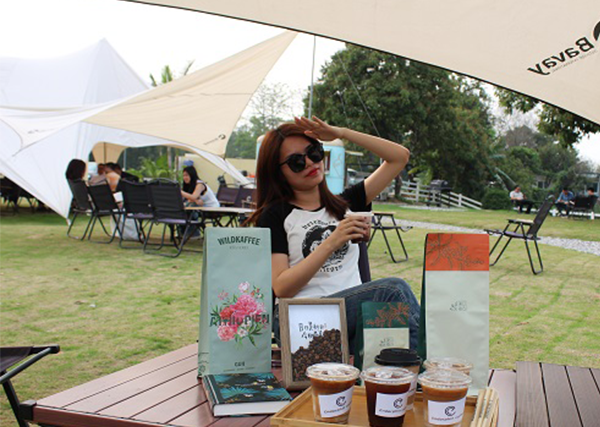
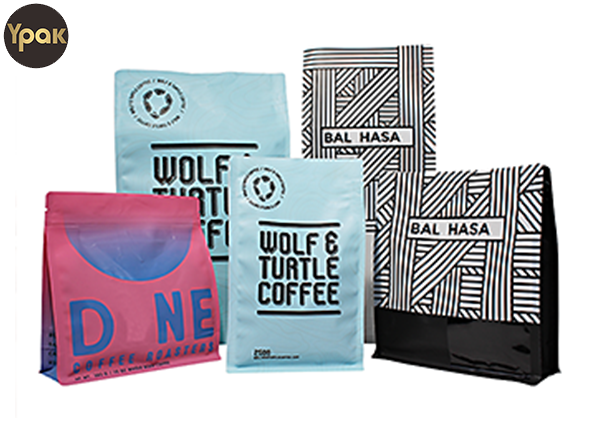
Looking to the future
As the coffee market continues to evolve, changing trends in cafe and brand packaging are expected to shape the future of the industry. As consumers seek a more comprehensive coffee experience, coffee shops are likely to continue to expand product ranges and refine packaging strategies to meet the needs of discerning audiences. This evolution provides opportunities for innovation and creativity as coffee shops explore new ways to interact with customers and differentiate themselves in the market.
Additionally, an emphasis on sustainability and environmental awareness may influence the future of coffee packaging. As consumers become increasingly concerned about the environmental impact of packaging materials, coffee shops will need to consider environmentally friendly solutions that align with consumer values. This may involve using recyclable or biodegradable packaging materials and focusing on reducing waste throughout the packaging process. By embracing sustainable practices, coffee shops can not only meet the expectations of environmentally conscious consumers but also contribute to a more sustainable future for the industry.
In summary, changing trends in coffee shops, marked by their evolution and impact on brand packaging, reflect the dynamic nature of the coffee industry. As consumer preferences continue to change, coffee shops are adapting to meet the demand for diverse offerings and experiences. The high demands associated with this transformation have prompted a renewed focus on product quality, packaging innovation and overall customer experience. By embracing these changes and adapting to changing circumstances, coffee shops can succeed in a competitive and ever-changing market.
We are a manufacturer specializing in producing the coffee packaging bags for over 20 years. We have become one of the largest coffee bag manufacturers in China.
We use the best quality WIPF valves from Swiss to keep your coffee fresh.
We have developed the eco-friendly bags, such as the compostable bags and recyclable bags. They are the best options of replacing the conventional plastic bags.
Attached our catalogue, please send us the bag type, material, size and quantity you need. So we can quote you.
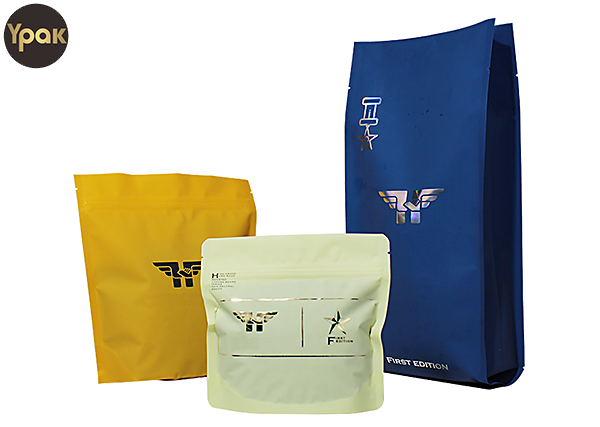
Post time: Apr-30-2024







